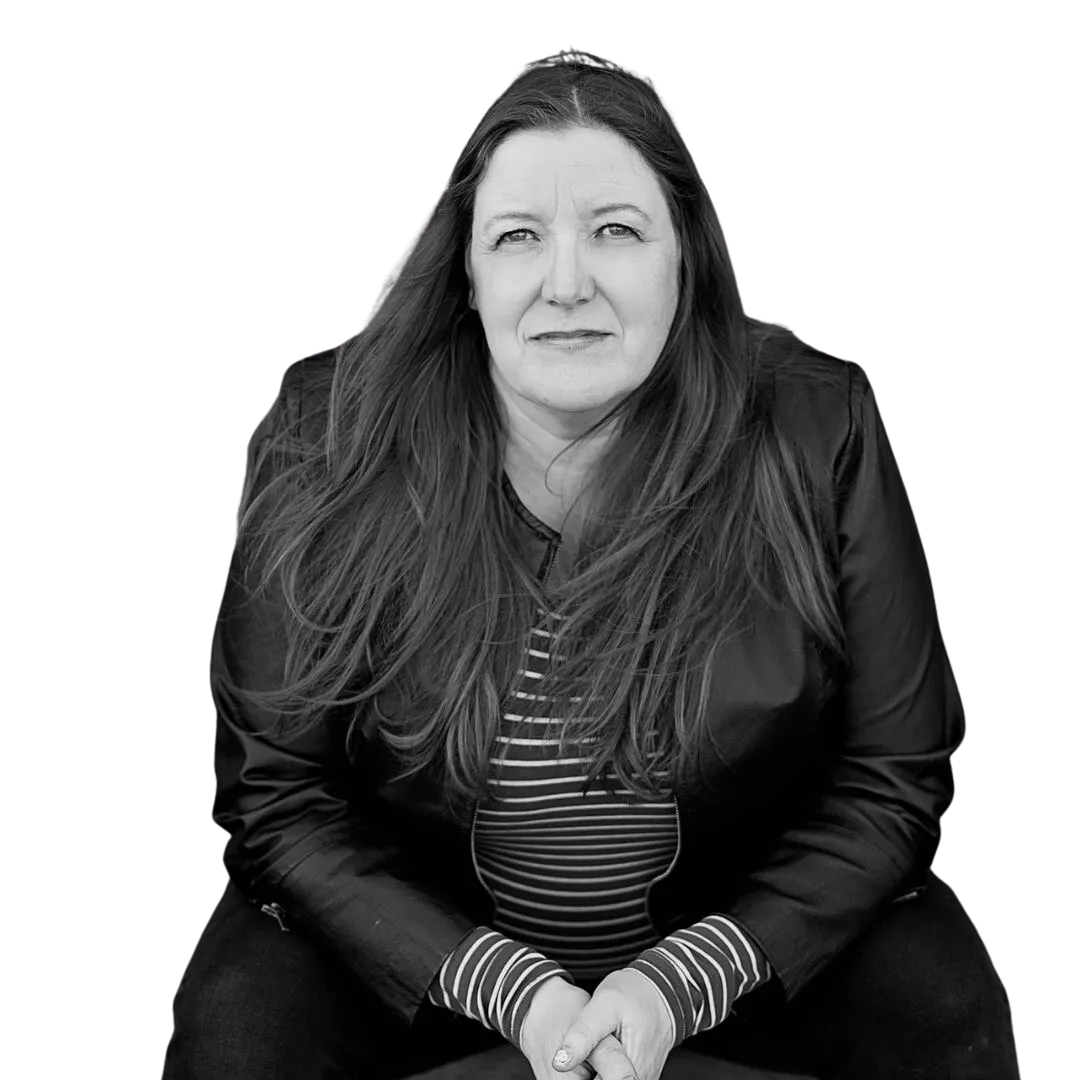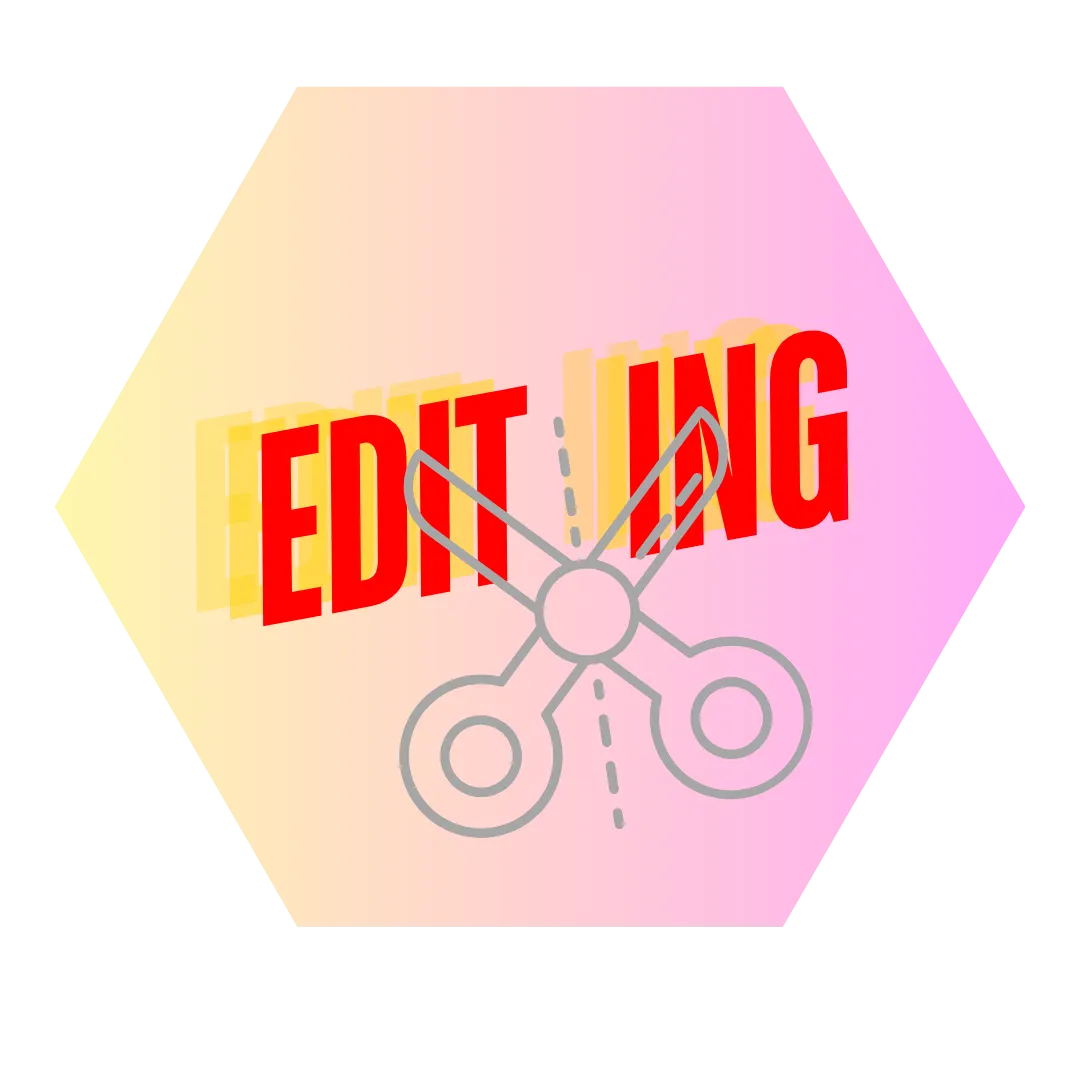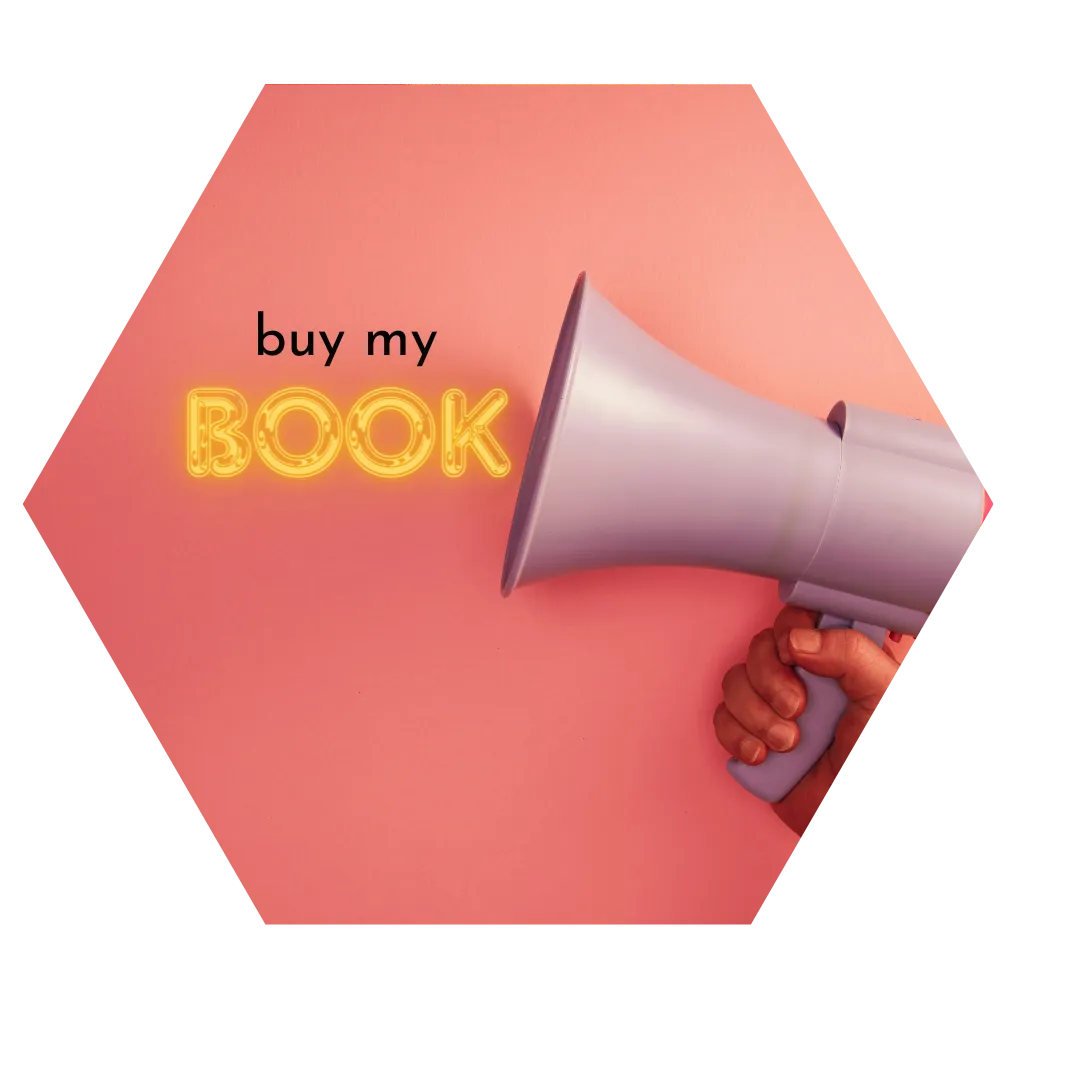
Need to get focused about your writing goals? Take My Free Quiz!
Take my FREE quiz to figure out your writing goals for this month, this year, and your future plans. I'll reach out with the best tips and resources to help you hit those targets!
MANDI ALLEN

I'm a Mum, Teacher, Author, Playwright, Gardener, Writing and Business Coach, Digital Marketer and Adhd which on it's own, opens so many other worlds!
Subscribe To My Newsletter
SELF EDITING CHECKLIST
We all forget something that is glaringly obvious
the moment we press 'submit'.
So, I've designed this checklist to help
as you move through the editing process.

BOOK MARKETING PLAN
Captivate your guests with our captivating event floral arrangements.
Our talented designers will curate floral décor that complements your theme, adding charisma to your celebration.

So you want to write a novel?
Writing a novel is hard. Finishing one is even harder.
You’ve got the idea, the passion, and maybe even a few chapters written—but how do you turn that spark into a fully realised novel? This guide takes you beyond the basics, helping you craft compelling characters, master pacing, and build a story that actually works.
Packed with practical advice, real-world examples, and exercises to push your writing further, this book covers everything from planning (without killing the magic) to editing (without losing your mind). You’ll also navigate the maze of publishing—whether you dream of landing an agent or taking control with self-publishing.
No fluff. No vague advice. Just the tools you need to get your novel from idea to finished book.
You’ve got the story—now let’s write it.

Navigating the Writing World with ADHD
October is National ADHD Awareness Month, and for many of us, it’s a chance to reflect on how Attention Deficit Hyperactivity Disorder (ADHD) shapes our daily lives.
As a writer with ADHD, I find myself constantly in a dance between the challenges it presents and the unique strengths it brings to the creative process. The journey to harnessing my writing potential has been far from straightforward, but it’s a path filled with insight, growth, and a few unexpected advantages.
The Challenges of Writing with ADHD
One of the most common struggles for writers with ADHD is staying focused. Writing demands long stretches of concentration and mental clarity, both of which can be difficult for someone with ADHD. My mind often leaps from one idea to the next, making it hard to stay on track with a single project. Distraction comes easily, whether from external stimuli or from the myriad of ideas buzzing in my head. I often get asked how many projects I am working on at once. Simple, too many! I discovered having a Kanban board really helped me. I love the idea of seeing where I was with my projects. It has also allowed me to pick and choose which one I need to focus on depending on the mood I am feeling.
Procrastination is another major hurdle. The pressure to meet deadlines can trigger feelings of overwhelm, making it difficult to start or finish writing tasks. I often find myself stuck in a loop of overthinking, unable to begin because I’m trying to perfect every sentence in my head before it even hits the page. And when I do get started, time management can feel like an elusive concept. What should be a quick writing session can easily stretch into hours of tinkering with words or veering off into unrelated research tangents.
Managing ADHD as a Writer
Over time, I’ve learned to implement strategies that help me work with, rather than against, my ADHD. The key is acknowledging the way my brain works and adapting my writing process accordingly. Personally, I don't see ADHD as a disability, simply a different way of thinking. That means I don't just need to think outside the box, but for me, it can be a dodecahedron!
Breaking tasks into smaller steps has been crucial. Instead of sitting down to “write a novel” or “finish an article”, I focus on small, manageable goals, like outlining a chapter or writing a single paragraph. This reduces the sense of being overwhelmed and allows me to celebrate each small victory along the way. Which is how I came about designing the 'Novel in a Year course. It is manageable alongside a hectic, working/family/social life.
Using timers has also been a game-changer. Techniques like the Pomodoro method – where I work in short bursts of focused time with breaks in between – help me maintain attention without feeling drained. It’s surprising how productive those 30-minute sprints can be, especially when they’re followed by a well-earned break, such as a walk with Pearl or time in the garden or baking.
Another important tactic is eliminating distractions. I often write in a quiet space, with my phone in another room, and resist the urge to check social media or emails. ADHD thrives on distraction, so creating an environment where focus is easier to maintain can make a huge difference.
You can learn more techniques when you sign up to the Novel in a Year Course and get my FREE Writing for Well-Being course.
ADHD Superpowers in Writing
While ADHD comes with challenges, it also has its hidden strengths. Creativity and lateral thinking are often enhanced in individuals with ADHD, and as a writer, this can be a significant advantage. I find that my mind constantly makes connections between ideas that might seem unrelated at first, allowing me to approach stories or topics from a fresh perspective. ADHD can also foster a sense of curiosity, leading me to dive deep into new topics or explore unique angles in my writing (the timer comes in handy here, too, so I don't get lost down a rabbit hole!).
Hyperfocus – the ADHD brain’s ability to become completely absorbed in a task – is another powerful tool. When I’m passionate about a project, I can enter a state of deep concentration where time seems to disappear. This can lead to incredibly productive writing sessions where hours fly by and entire chapters are completed in one sitting. This can be great until you stand up. I have learned to always make sure I stay hydrated too, with large bottles of water, with perhaps 3 or 4 drinks lined up. There is nothing worse than a dehydration headache after hours of looking at the screen. It numbs the initial satisfaction of completing a project quickly.
Finding Balance
Writing with ADHD is a delicate balancing act between structure and creativity. I’ve learned that I can’t force myself into a rigid schedule or expect my brain to work in the same way as others’. Instead, I focus on creating a routine that allows flexibility while also keeping me accountable. Deadlines are crucial, but I give myself room to work in the ways that best suit my brain – even if that means writing in short bursts or taking unexpected breaks.
If you’re a writer with ADHD, know that it’s not an obstacle to your success. Yes, there are challenges, but there are also unique strengths that can be harnessed. The key is finding the strategies that work for you and embracing the way your brain processes the world. Writing with ADHD might not look the same as it does for others, but that’s exactly what makes your voice so valuable and original.
In honour of National ADHD Awareness Month, let’s celebrate the creativity, resilience, and unique perspective that ADHD can bring to the writing world. It’s not about fitting into a mould – it’s about finding the best way to tell your story, on your terms.
If you have ADHD and finished this, go and treat yourself now :)
Do you want to activate your creativity and write your first novel?
Click here to discover more

